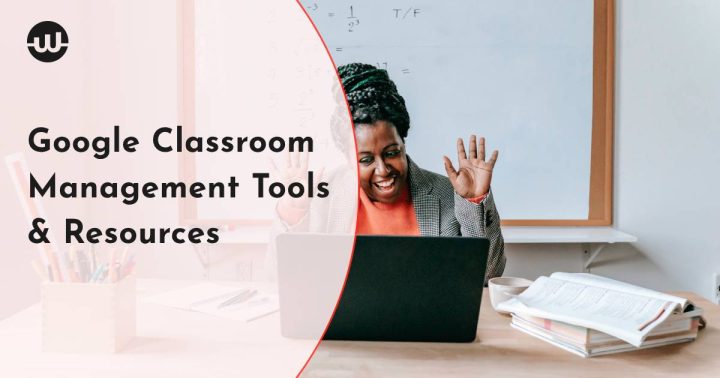Google Classroom has revolutionized the way educators conduct virtual learning environments. It offers a seamless platform for teachers to organize assignments, engage with students, and provide valuable resources. In this guide, we’ll delve into the array of Google Classroom management tools and resources that empower educators to create dynamic and interactive virtual classrooms.
1. Google Classroom Basics
Before diving into the management tools and resources, it’s important to have a solid grasp of Google Classroom’s fundamental features:
– Creating Classes: Teachers can easily set up virtual classrooms for different subjects or groups.
– Assignments: Teachers can distribute assignments, quizzes, and projects digitally. Students can submit their work through Google Drive.
– Announcements and Communication: The platform facilitates easy communication between teachers and students through announcements, comments, and private messaging.
– Gradebook Integration: Google Classroom integrates with Google Workspace for Education, allowing seamless grade tracking and management.
2. Google Forms for Quizzes and Surveys
Google Forms is an invaluable tool for creating quizzes, surveys, and assessments. Teachers can use it to design interactive quizzes that integrate seamlessly with Google Classroom. Results are automatically collected, making grading and analysis efficient.
3. Google Drive Integration
Google Drive serves as the storage hub for all Google Classroom assignments and resources. Teachers can organize materials, share documents, and provide additional reading materials through Drive folders linked directly to the Classroom.
4. Google Meet for Virtual Meetings
Google Meet, integrated into Google Classroom, allows teachers to schedule and conduct virtual classes. It facilitates live interactions, screen sharing, and collaborative learning.
5. Guardian Summaries
This feature allows teachers to send weekly email summaries to guardians, providing them with insights into their child’s progress, upcoming assignments, and announcements.
6. Google Classroom Mobile App
The mobile app provides on-the-go access to Google Classroom. Teachers can manage classes, send announcements, and review assignments from their mobile devices.
7. Third-Party Integrations
Google Classroom seamlessly integrates with various educational apps and platforms. Tools like Edpuzzle, Quizlet, and Kami enhance the learning experience by offering interactive content and assessments.
8. Google Classroom for Professional Development
Google Classroom isn’t limited to student use. Educators can create classes for professional development, share resources, and collaborate with colleagues.
9. Google Jamboard for Collaborative Whiteboarding
Jamboard is a digital whiteboard tool that allows for interactive and collaborative learning. Teachers can use it for brainstorming sessions, group activities, or visual presentations.
10. Google Calendar Integration
Google Calendar helps in organizing and scheduling class sessions, assignments, and deadlines. It also helps students and parents stay updated on important events.
11. Google Classroom Resources
Google offers an extensive library of resources for educators:
– Google for Education Training Center: Provides free training courses and resources for educators to make the most out of Google tools, including Classroom.
– Google Teacher Center: Offers lesson plans, tutorials, and certification programs for educators.
– Applied Digital Skills: Equips students with practical digital skills through interactive lessons.
– Google Classroom Help Center: Provides comprehensive guides and troubleshooting tips for using Google Classroom effectively.
12. Google Classroom Blog and Communities
The Google Classroom Blog keeps educators updated on new features and best practices they can use in their work. Additionally, there are online communities and forums where educators can share ideas, ask questions, and collaborate with peers.
13. Google Classroom Extensions and Add-ons
Extensions and add-ons enhance the functionality of Google Classroom. For instance, the “Share to Classroom” Chrome extension allows teachers to instantly push web pages and assignments to students’ screens. Additionally, add-ons like Kami for PDF annotation and Grammarly for writing assistance seamlessly integrate with Google Classroom, providing extra support for both teachers and students.
By leveraging these extensions and add-ons, educators can further customize and optimize their Google Classroom experience, tailoring it to the specific needs and preferences of their students.
Google Classroom management tools and resources have significantly transformed the educational landscape. They empower educators to create engaging, interactive, and efficient virtual learning environments. By mastering these tools and exploring the wealth of resources available, educators can harness the full potential of Google Classroom, ultimately enhancing the learning experience for their students. With continuous innovation and support from Google, the future of virtual education looks promising and dynamic.
